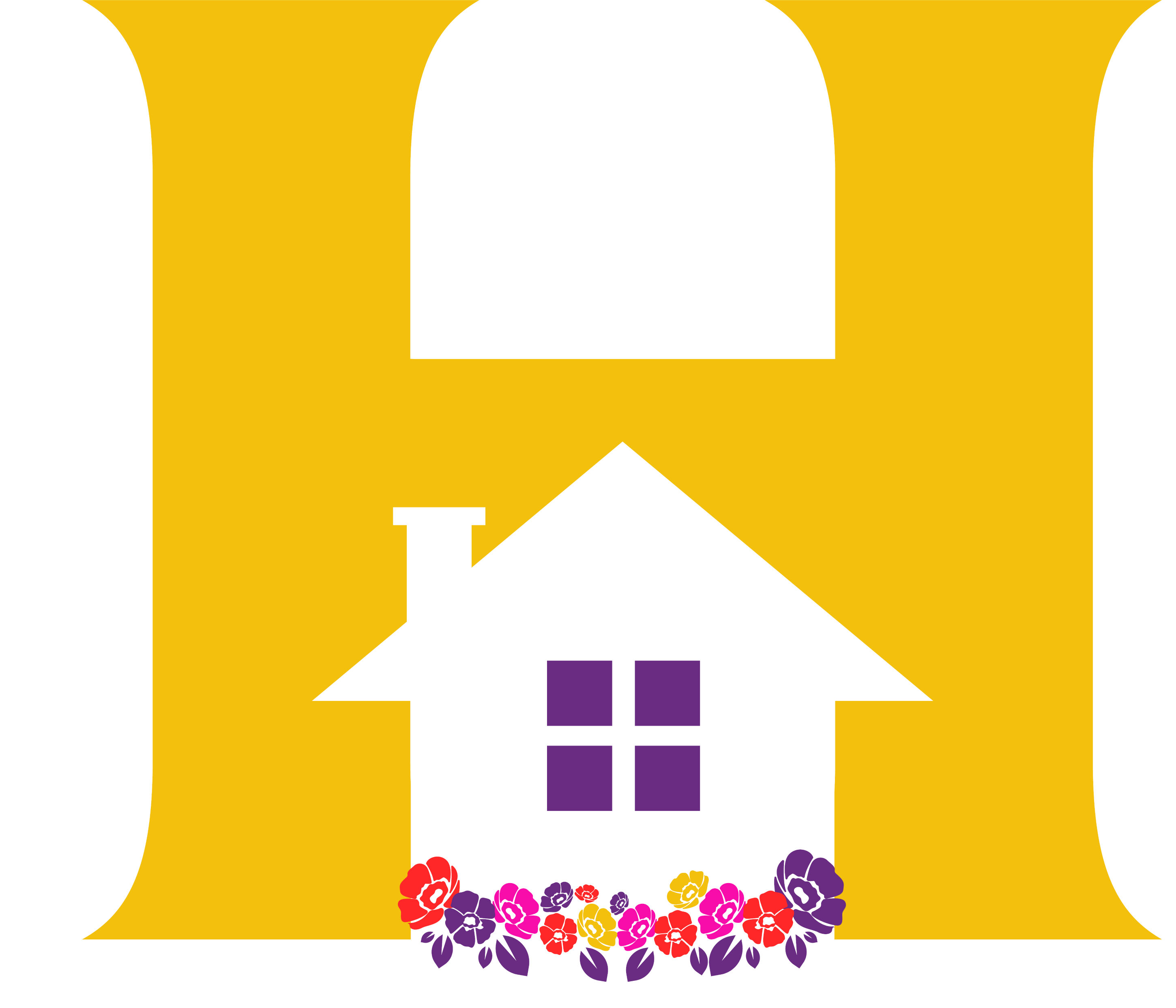What is the Cycle of Violence?
For individuals who live in an abusive relationship, their ability to get out of that relationship is a lot more complicated than “just leaving.” Oftentimes, these types of relationships are built on manipulation.
The cycle of violence is a theory created by Dr. Lenore Walker in 1979. According to this theory, we can trace the pattern of an abuser’s actions that cause a victim to have a hard time leaving. Though not all abusive relationships follow this cycle, the cycle of violence is an outline that draws out a common pattern. It can be a tool to help victims clarify the complexity of manipulative behavior.
Without intervention, the frequency and severity of the abuse or violence can increase. [2] We also have more information about signs of behaviors of abusers who may become increasingly violent.
The cycle of violence has three phases that are usually referred to as:
- The Tension Building Phase
- The Crisis Phase
- The Honeymoon Stage
The Tension Building Phase
This can be an extremely frightening stage for those in abusive situations. This stage is when the tension between the two in the relationship begins to increase. This phase feels almost like walking on eggshells. [1] Arguments over things such as children, finances, jobs, and day-to-day life are common.
This is when verbal abuse is very likely to begin. The abuser will try to enforce control through abusive behaviors, and the victim may try to regain control over the situation by pleasing the abuser, giving in to their demands, or avoiding abuse at all costs. [4]
Signs of the Tension Building Phase:
- Verbal abuse
- Anger or irritability
- Arguments
- Tension
- The silent treatment
- Manipulation
- Use of substances (not always related to abuse, but can enhance abusive behaviors, etc.) [3]

The Crisis Phase
During this phase, the peak of abusive behaviors from the violent partner is reached. This is the stage in which all tension from the abuser is released. [1] Here are some signs to be aware of to recognize what this phase may look like.
Dangerous physical violence can often occur. It is usually caused by an event that triggers the abuser’s emotions to overflow, but is never caused by the behavior of the victim. [4] Because of this, battering is not something that can be predicted.
Signs of the Crisis Phase:
- Extreme rage
- Outbursts of jealousy or frustration
- Dangerous violence
- Irrational behavior [3]
The Honeymoon Phase
This is the stage where the abuser’s shame or rational mind catches up with them. Though they will continue to blame the victim, they will attempt to justify their actions to make them seem more logical.
During this stage, both people in the relationship may be in denial about the severity of the situation. They may begin to feel happy and intimate again. The victim may feel that their abuser is the person they fell in love with again, and because of this relief, they may feel an increase of denial. [1]
In this stage, the abuser will minimize the abuse and express love in order to make the victim feel that leaving is not necessary. [4]
Signs of the Honeymoon Phase:
- Promises to change
- Blaming the victim
- Justifying with excuses
- Convincingly apologetic, remorseful behavior
- Pretending not to understand the severity of the situation [3]
Please keep in mind that though the descriptions of these phases may not describe your situation, and all relationships are different, awareness is powerful. Acquainting yourself with an understanding of the common patterns of abuse can empower anyone and inform the safety of any relationship.
If you are concerned about yourself or a loved one, don’t be afraid to reach out for help. Though only a battered woman can decide if/when to take action, information and resources can go a long way. SHIM offers more information on how to get help if you are a victim of domestic violence.
Resources & support for anyone affected by DV and/or relationship abuse:
Call/Chat 24/7/365 | 1-800-799-7233 | 1-800-787-3224 (TTY) | Español Chat 12-6PM
Hotline advocates are available at 1-800-799-SAFE (7233) and through online chatting at www.TheHotline.org
References:
- https://www.whiteribbon.org.au/understand-domestic-violence/what-is-domestic-violence/cycle-of-violence/
- https://www.shelterforhelpinemergency.org/get-help/cycle-violence
- https://www.womenscenteryfs.org/index.php/get-info/prevention/education/14-cycle-of-violence
- https://www.domesticviolenceroundtable.org/domestic-violence-cycle.html
- Image from priscilla-du-preez-F9DFuJoS9EU-unsplash.jpg
Safe Harbor articles linked in the article:
- https://safeharborim.com/he-promised-he-wouldnt-hit-me-again-2/
- https://safeharborim.com/recognizing-signs-of-abuse/
- https://safeharborim.com/how-to-get-help-if-you-are-a-victim-of-abuse/
Written by Brooke Smoke, a blogger at Safe Harbor International Ministries


0 Comments